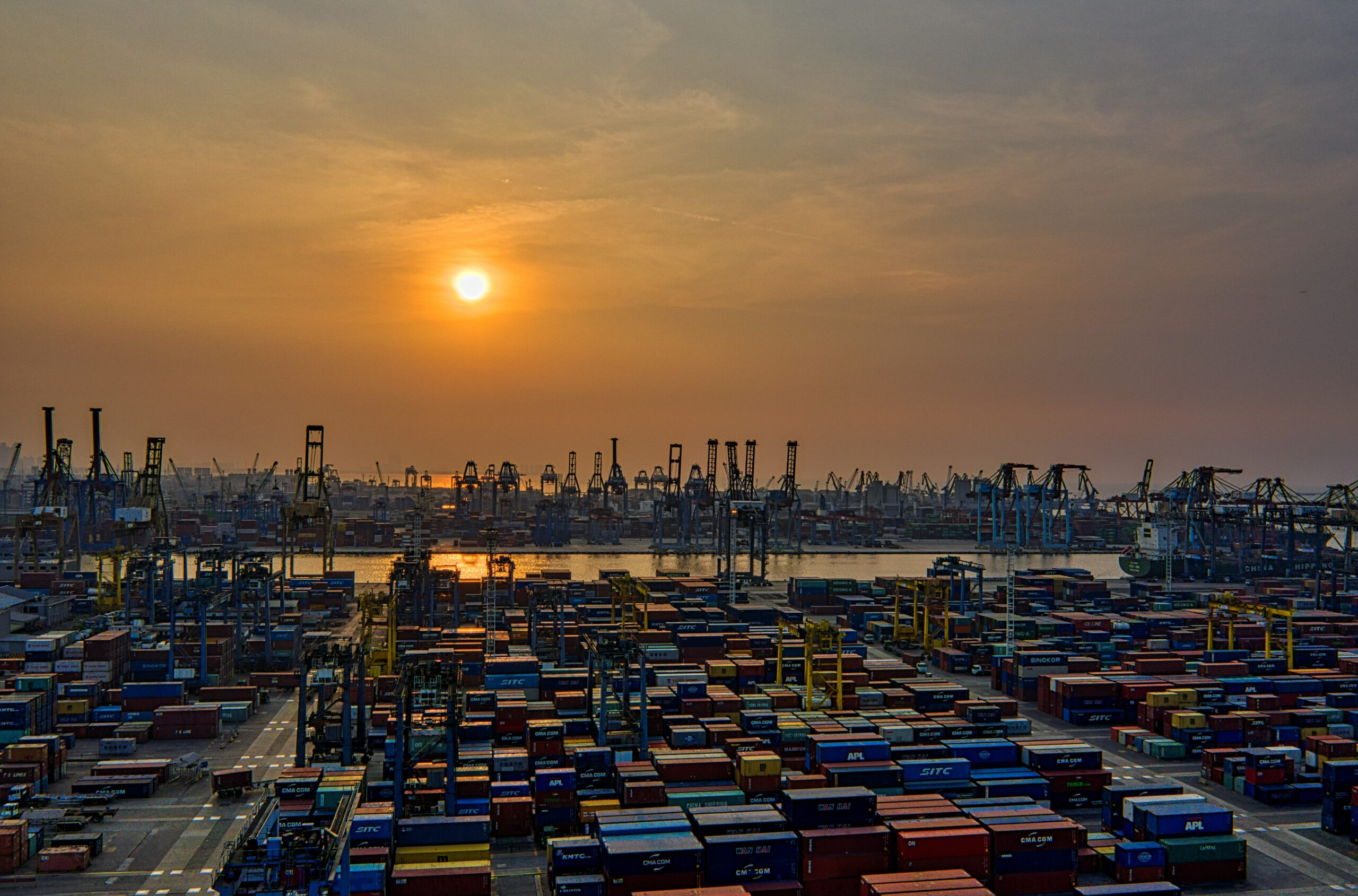The basic principle of trade is that a country exports in sectors where it has a comparative advantage while importing in sectors where it does not. But in the Indian economy, only a minority of the workforce is engaged in activities where India is competitive.
India pulled out of history’s largest-ever trade deal this month and the world is not happy. After years of painstaking negotiations among countries representing about half of humanity and four-tenths of global production, the Regional Comprehensive Economic Partnership (RCEP) is now likely to go ahead without India.
Speaking in Bangkok on the sidelines of the negotiations, Prime Minister Narendra Modi complained that India had not won the concessions that it wanted during the trade talks and that it cannot, therefore, subject its economy to the terms of the trade. “Neither the talisman of Gandhiji nor my own conscience permits me to join RCEP,” Modi said.
The consequences and perceptions of the decision were a sign of how far isolated India has become on the issue of global trade: While domestic commentary on Modi’s decision was generally positive – with many arguing that it demonstrated his brave leadership – global coverage was largely unflattering. Writing for the Nikkei Asian Review, James Crabtree minced no words, calling India’s withdrawal a “historic blunder”. The Wall Street Journal’s Mike Bird pointed out that India’s inability to sign onto even a “limited pact” like the RCEP should prompt “soul-searching in Delhi”.
The world’s impatience with India on trade goes far beyond RCEP. For decades, India has remained among the most protectionist of the larger developing economies, despite adopting liberalization policies nearly 30 years ago. And things have not gotten much better in recent years, despite commitments from the Modi government to open up further: According to the Global Trade Alert (GTA) database, India had introduced the second-most number of trade restrictions among all G20 economies between 2016 and 2018 (the highest number belonged to the United States, where President Trump has been waging a trade war on multiple fronts).
To most international commentators and economists, this is baffling: India’s economic boom since 1991 has owed enormously to trade and globalization – a fact that even Modi himself has acknowledged on various forums. So why then does India struggle to ink trade deals?
The basic principle of trade is that a country exports in sectors where it has a comparative advantage while importing in sectors where it does not. For years, India has pushed countries around the world – both developing and developed – to open up their borders to high-skilled Indian professionals and more sophisticated industries such as IT and pharmaceuticals. These are areas where Indian exports (and labour) are highly competitive, producing output of fair quality at low prices. According to official data, India’s services export between April and July this year grew by 8.65 percent relative to the same period last year. By contrast, exports in goods contracted by 0.37 percent.
But in the Indian economy, only a minority of the workforce is engaged in activities where India is competitive: In 2018, only 31 percent of Indians worked in the services sector (and an even smaller percentage worked in areas such as IT or pharmaceuticals); the remaining 69 percent were employed in manufacturing or agriculture – sectors which remain plagued by regulatory red tape, infrastructural woes and labour productivity issues.
This presents India’s trade negotiators with a mission that is nearly impossible to achieve. Opening up to trade in sectors where India is less competitive means political pushback from the majority of the workforce. Yet, on the other hand, trade blocs would not open up to Indian professionals or exports in services without liberalization in industrial or agricultural goods.
As The Economist pointed out last week, “services such as IT tend to be neglected by traditional trade deals [such as RCEP]. Only ambitious, forward-looking agreements venture deeply into these areas, and those deals usually entail a degree of openness to foreign manufacturers that would terrify India’s industrialists.” What’s worse, in an era of heightened populism and right-wing nationalism, countries around the world are increasingly pulling up barriers to immigration and trade in services.
Immigration and trade in services have become increasingly critical for the Indian economy as its professional class expands. Each year, India produces graduates in engineering and other services without creating sufficient jobs for them. The result: under-employment and unemployment. Stories abound of thousands of overqualified graduates vying for low-paying jobs far below their educational level.
To create higher-paying job opportunities for each cohort of graduates – and to create overall economic growth and an increase in exports – India must necessarily push countries to liberalize immigration and trade in services. That means that India must push for more ambitious trade deals – not less ambitious ones. The political leadership must be willing to take greater risks in opening up to imports where India is less competitive, in order to negotiate and reap benefits in areas where it is more competitive. In the meantime, India must not only enact reforms to increase productivity in the industrial and agricultural sectors, but must also invest heavily in skilling and educating its young future workforce for opportunities in high-skill services industries.
Most analysts point out that RCEP’s implementation timeline would have allowed for such a transformation to take place. Speaking to the Indian Express, Arvind Panagariya noted that tariffs would only come down over a period of 15 to 20 years. Yet, whether Asian economies would have opened themselves up in sectors where India wants to trade is anybody’s guess. The Modi government has said that it would like to pursue trade talks with the EU and the United States instead – it might have better luck there, but only if India is willing to open up to dairy products and manufactured goods in return.
Mohamed Zeeshan is a Founding Partner and the Editor-in-Chief of Freedom Gazette. He is the author of Flying Blind: India's Quest for Global Leadership (Penguin 2021). He is currently a foreign affairs columnist for The Diplomat, South China Morning Post and Haaretz, and writes 'The Z Factor' - a monthly Sunday column in the Deccan Herald. He has previously worked at the United Nations in New York and with the global consulting firm Kearney in Dubai. He is a graduate of International Affairs from Columbia University.


